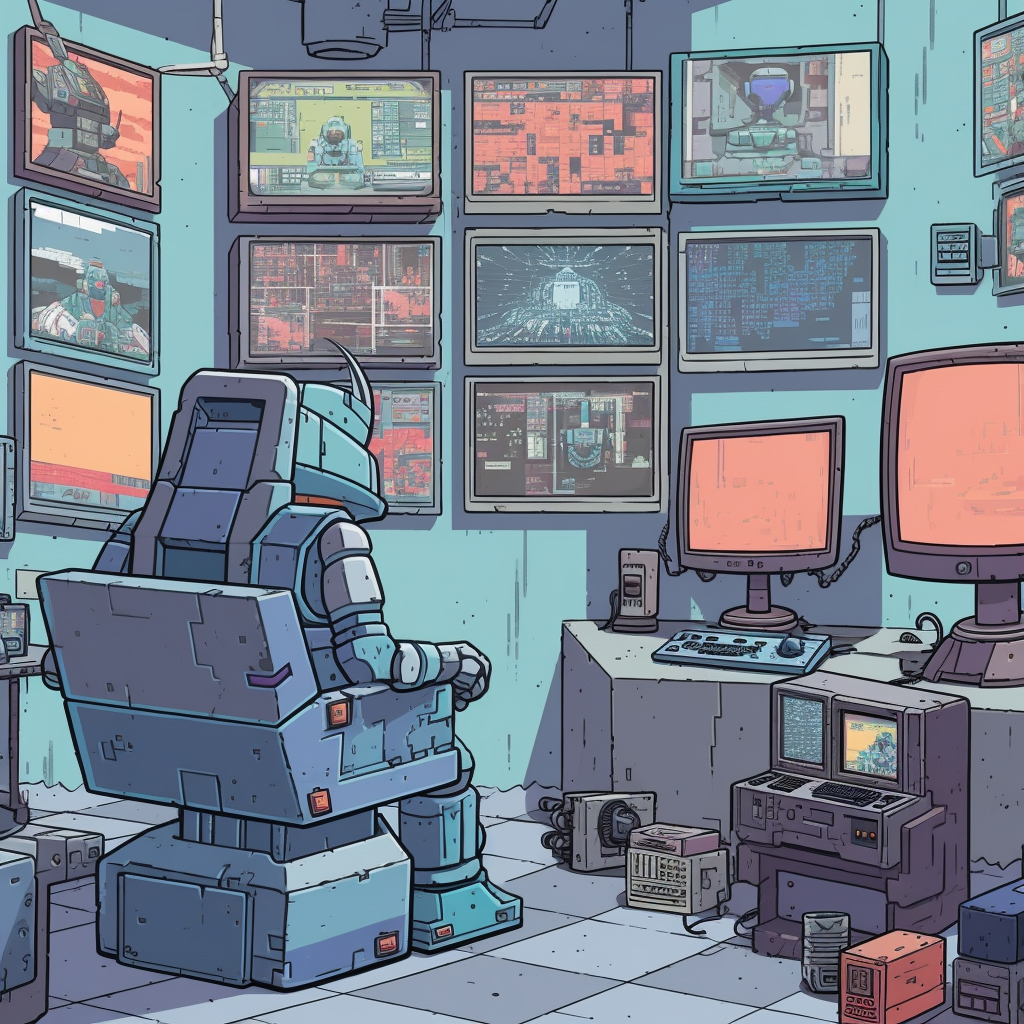Can brands use AI for image generation?

AI has revolutionised how we create and interact with images and has made itself a robust online presence: as it’s evolved, so have our social-media trust issues.
We’ve witnessed visuals that increase in realism and accuracy. These kinds of images are important for brands, specifically.
AI has allowed them to create their images for marketing and use them as a more ‘all-around’ efficient way for their creative needs, without worrying too much about copyright laws.
But, like most things, there are drawbacks to using AI in industry contexts. Let’s explore this a bit more.
Advantages of AI-Generated Images
There are some real advantages to using AI as a creative brand. Not only does it aid with concepts to show clients, but it also removes any previous design and visual limitations you may have once struggled with.
Can’t find an image that fits? Just generate one.
Here’s a list of all the good bits AI images can do for a brand:
- Time and cost-efficient: It’s a cheaper and faster alternative to photography and getting the rights to an image. If you’re on a budget, it’s the way to go.
- Customisable and adaptable: You can fit it to the brand’s needs. All colours, sizes and shapes can be changed to your liking (note that this may require retouching in Photoshop).
- High-quality and consistent: AI is typically sharp and clear. The images you create can be made consistent in style, making your brand image unified to the max.
- Diversity and inclusivity: It can be great for brands who want to promote visuals that range in people and culture. You can create more representative and broadly relatable content for your audiences.
Drawbacks of AI-Generated Images
Whilst all of the above are good and just generally beneficial for brands, there are some disadvantages you may want to consider:
- Lack of creativity and uniqueness: AI images use a dataset of images to create a new image, it doesn’t have the same touch that photography or hand-drawn artwork has.
- Limited emotional impact: They may fall short of authenticity and the rawness that comes with capturing real moments and emotions.
- Inability to understand context and cultural nuances: This could result in misinterpretations or misrepresentations, something that could create a bad rep for your brand.
- Risks of bias and stereotypes: If not trained properly, the AI could generate insensitive, offensive or inappropriate visuals.
How AI-Generated Images Affect SEO
Now let’s get into how AI can affect a brand’s websites and the reach it has. As well as how its SEO ranking can be changed, ultimately impacting users’ overall engagement with it.
- Impact on website load speed: Images that are not optimised correctly or are too large can slow down the site. This will then affect the SEO ranking.
- Effect on user experience: High-quality images can keep users engaged, keeping them on the site longer.
- Role in the Search Engine rankings: Images with appropriate alt text, file names and captions can improve a site’s visibility in search engine results pages (SERPs).
- Relevance to image search optimisation: images can be optimised by using relevant keywords in their alt text, file names etc. This can improve traffic to the website.
Factors to Consider Before Using AI-Generated Images
Before deciding to use AI generation for your brand’s images, it’s important to think about if it’s useful for your aims.
If you’re not careful, it might not get across what you want to your target audiences.
- Brand values and identity: Created visuals should align with your brand’s personality, tone and aesthetic. Make it as clear and consistent as possible for consumers.
- Target audience and their preferences: Tailor images to their needs, making sure they resonate.
- Purpose and context of the images: They should be relevant to the brand’s content and effectively communicate messages.
- Ethical and legal considerations: Make sure the images used aren’t offensive or discriminatory, and they don’t violate copyright or intellectual laws.
Case Studies of Brands Using AI-Generated Images
To help you get a real-life understanding of AI as an image-generation tool, we’ve listed some examples:
Successful Implementations:
- Coca-Cola, 2018 ‘Share a Coke’ campaign: Images created based on their customers’ first names.
- North Face: They used AI to generate to create product images showing their products in different environments and weather conditions.
- Myntra: This Indian fashion retailer used AI images to create virtual ‘try-on’ tech for their customers.
Lessons learned from failures and challenges:
- Amazon, 2018: They faced a backlash after using a racially biased AI algorithm to generate images. All were created with a preference for lighter skin tones.
- Facebook, 2021: Facebook were criticised for using images that perpetuated gender stereotypes. They were created using a dataset that was skewed toward male representations of professions: men as professionals, women as caregivers.
Conclusion
AI-generated images will continue to prove themselves useful across all industries.
It helps create limitless visual possibilities and cohesive imagery for brands, as well as saving designers time and money. Although it does have some issues, as AI develops, there should be fewer concerns surrounding the reliability of the algorithms.
Yet, even now it’s proving good enough for the design teams of big corporations to get stuck into.
It’s definitely something to keep an eye on.

